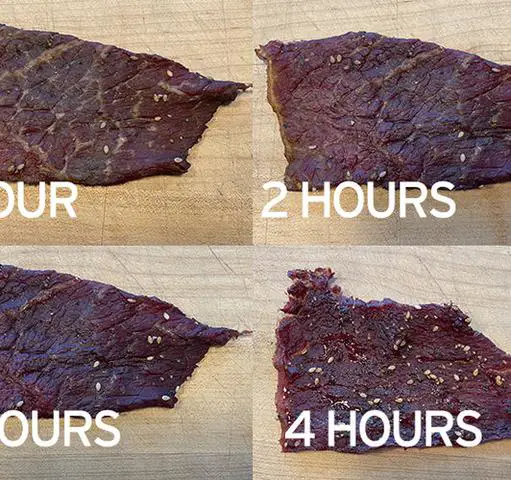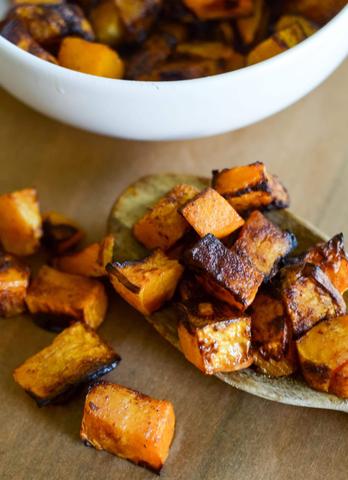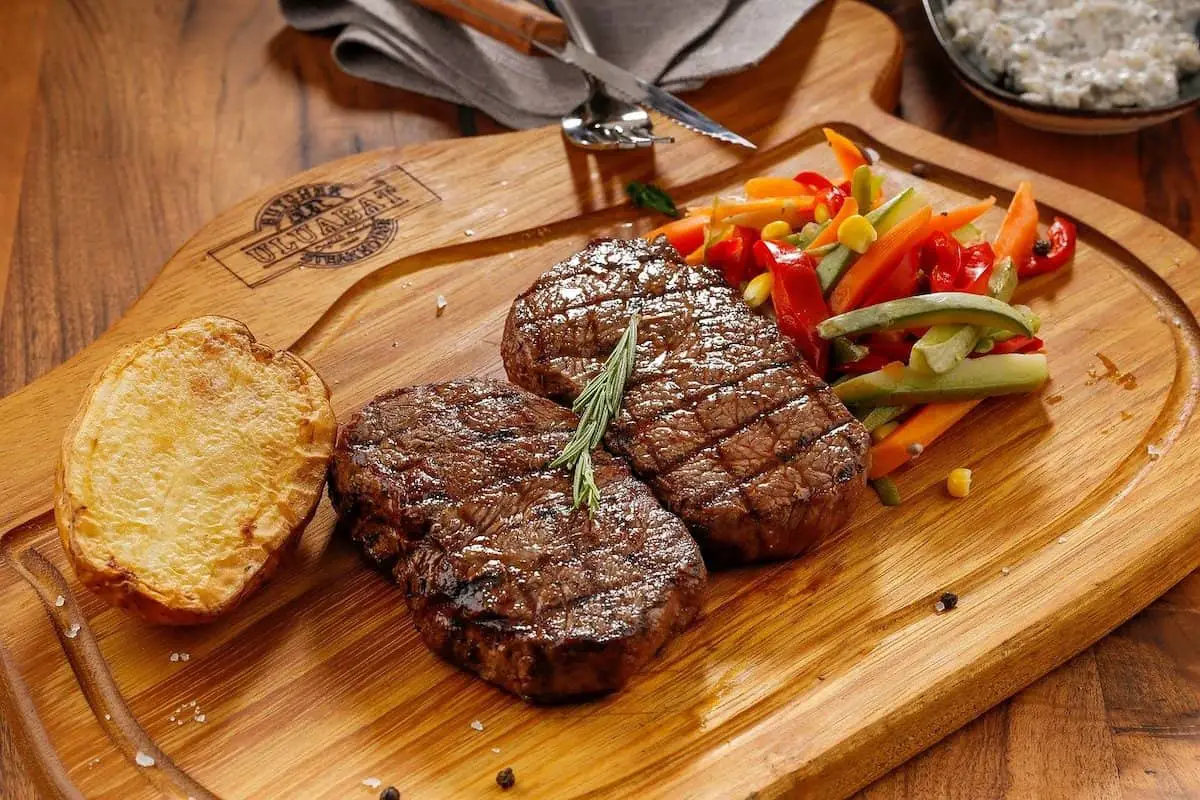
“Unlock the Ultimate Steak Experience: Discover the Best Oil for Cooking Your Perfect Steak. Elevate your culinary skills with our expertly curated selection, ensuring tender, flavorful results every time. Say goodbye to dull flavors and hello to sizzling perfection. Taste the difference today!”
Do I Need To Use Oil?
When cooking steak, using oil is recommended for several reasons. Firstly, oil helps to transfer heat from the pan to the steak, creating a delicious flavor and a crispy exterior. It also prevents the steak from sticking to the pan. Secondly, using oil with a high smoke point is crucial to avoid burning and compromising the flavor of the steak. Oils such as avocado oil, canola oil, peanut oil, grapeseed oil, and vegetable oil are all suitable options due to their high smoke points and neutral flavors. However, it’s important to consider personal preferences and dietary requirements when choosing which oil to use.
Using a small amount of oil is sufficient for cooking steak. Greasing the pan or skillet with oil using a paper towel or basting brush will ensure even heat distribution and prevent sticking. Griddle pans or cast iron skillets are ideal tools for cooking steak due to their ability to retain heat well. Electric grills or frying pans can also be used, although they may not produce the same results as griddle pans or cast iron skillets.
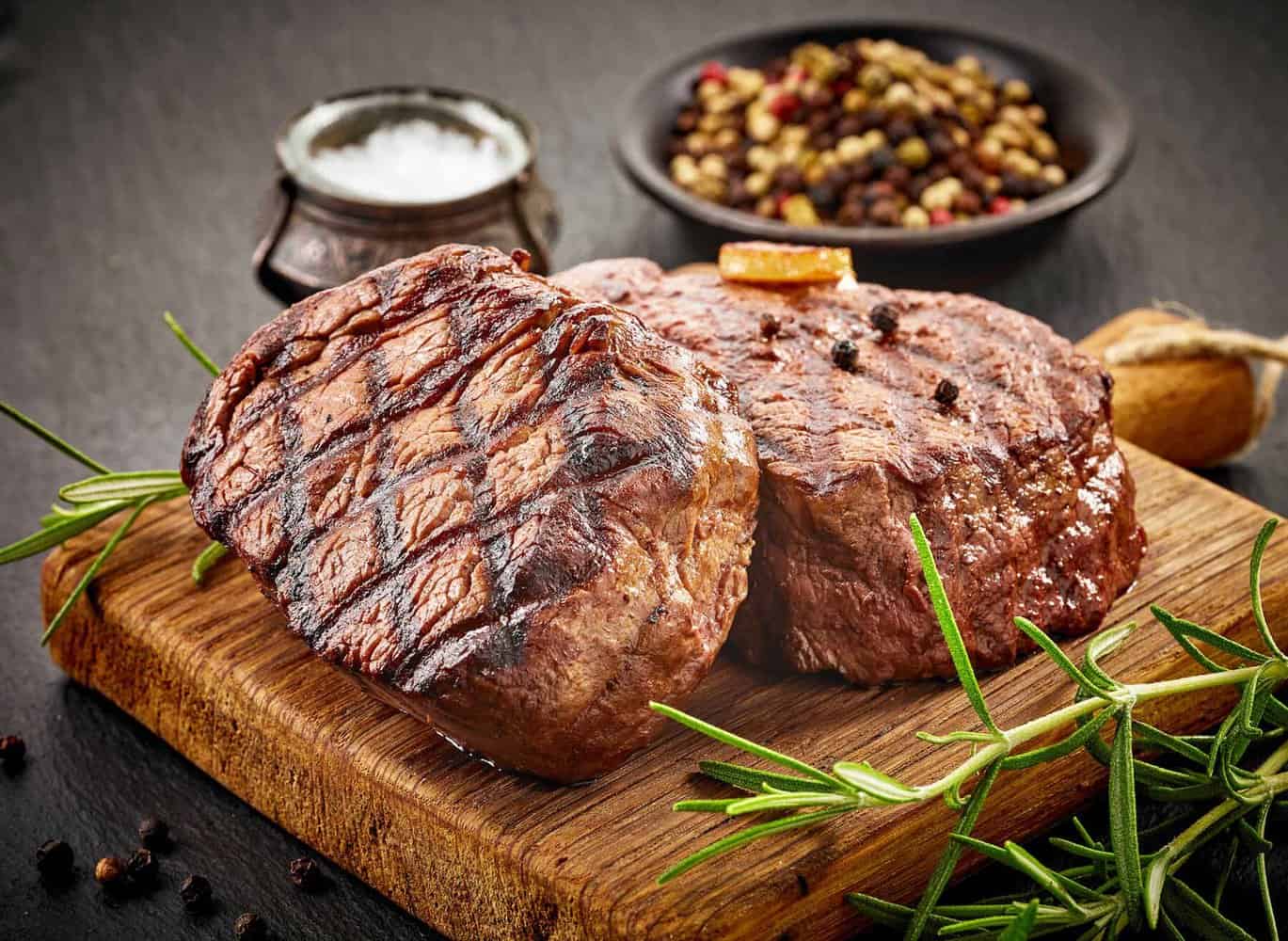
Which Oil Is Best To Use For Steak?
When it comes to cooking steak, the type of oil you use can greatly impact the flavor and cooking process. It is important to choose an oil with a high smoke point, meaning it can withstand high temperatures without burning. Oils such as avocado oil, vegetable oil, grapeseed oil, peanut oil, and canola oil meet these criteria.
Avocado oil is a great option for cooking steaks due to its high smoke point of 520 degrees Fahrenheit. It has a mild flavor and won’t impact the taste of your steak. Canola oil is another versatile and affordable choice with a smoke point of 400 degrees Fahrenheit. It is rich in Omega-3s and can withstand high heat.
Peanut oil is widely recommended for cooking steak as it has a smoke point of 450 degrees Fahrenheit. It provides a neutral to mild flavor and contains beneficial antioxidants. Grapeseed oil, derived from winemaking byproducts, has a smoke point of around 390 degrees Fahrenheit and is high in omega-6 fatty acids.
In terms of greasing the pan or skillet for cooking steak, using a small amount of oil is sufficient. Grease the pan with a paper towel or basting brush before adding the steak. Griddle pans or cast iron skillets are ideal tools for searing meat due to their ability to retain heat well.
Ultimately, the best oil for cooking steak depends on individual preferences and dietary requirements. Avocado oil may be considered the top choice due to its high smoke point, but canola oil offers affordability and versatility. Experimenting with different oils will help you find the perfect match for your taste.
Avocado Oil
Avocado oil is a great option for cooking steak due to its high smoke point of 520 degrees Fahrenheit. It can withstand the high temperatures needed for searing steaks without burning or smoking. Avocado oil has a neutral taste, making it suitable for cooking steaks without impacting the flavor. It is available in both refined and unrefined versions, with the refined oil having a more mild flavor. The unrefined avocado oil has a slightly stronger flavor and may not be the best choice for cooking steaks. However, avocado oil is one of the more expensive options on the market.
Canola Oil
Canola oil is a vegetable-based oil made from crushed canola seeds. It has a smoke point of 400 degrees Fahrenheit, making it a great option for cooking steak. Canola oil is rich in Omega-3s and is an affordable and versatile option. It is recommended for cooking steak as it can withstand high heat without compromising the flavor of the meat.
Peanut Oil
Peanut oil is a widely recommended oil for cooking steak. It is a vegetable-derived oil made from the seeds or nuts of the peanut plant. Depending on how the nuts are processed, peanut oil can have a variety of flavors, but for cooking steak, it is best to use a neutral to mild version that will not compromise the natural flavor of the meat. Peanut oil has certain advantages as it is a good source of vitamin E and antioxidants known for reducing the risk of heart disease. With a high smoke point of 450 degrees Fahrenheit, peanut oil is ideal for searing steak perfectly. However, it may be slightly more expensive due to its limited production quantities compared to other oils.
Grapeseed Oil
Grapeseed oil is a versatile cooking oil that is derived from the seeds of grapes, typically left over from winemaking. It has a relatively high smoke point of around 390 degrees Fahrenheit, making it ideal for searing steak in a cast-iron skillet. Grapeseed oil is also known for its health benefits, as it is high in omega-6 fatty acids and can be used as a substitute for saturated or trans fats. When purchasing grapeseed oil, it’s recommended to look for organic or natural versions that have been cold-pressed to retain its health benefits.
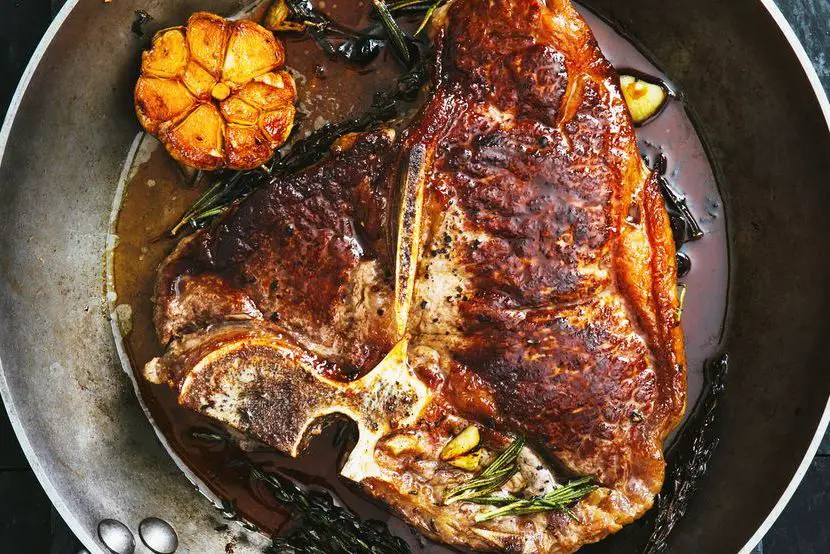
How To Cook Steak With Oil For Best Results
When it comes to cooking steak, using the right oil can make a big difference in both flavor and texture. It is important to choose an oil with a high smoke point, such as avocado oil, vegetable oil, grapeseed oil, peanut oil, or canola oil. These oils can withstand the high temperatures required for searing steaks without burning or impacting the taste. Additionally, oils with a neutral flavor and light color are preferred to ensure they do not compromise the flavor of the steak or produce unpleasant smells when heated. Before cooking, grease your pan or skillet with a small amount of oil to aid in heat transfer and create a crispy coating on the steak’s exterior.
While avocado oil is considered the best option due to its high smoke point of 520 degrees Fahrenheit, it does have a mild flavor and can be more expensive. Canola oil is a more affordable alternative that also has a high smoke point of 400 degrees Fahrenheit. Ultimately, the choice of oil will depend on personal preferences and dietary requirements. Experimenting with different oils will help you determine which one works best for you and your steaks.
Final Thoughts
When it comes to cooking steak, the type of oil you use can greatly impact the flavor and cooking process. It is important to choose an oil with a high smoke point, as this will prevent it from burning and affecting the taste of the steak. Oils such as avocado oil, canola oil, peanut oil, and grapeseed oil are all great options for cooking steak. Each of these oils has its own unique characteristics and benefits, so it ultimately comes down to personal preference. Experimenting with different oils will help you find the one that suits your taste and dietary requirements best.
In conclusion, while butter may seem like a tempting option for cooking steak, it tends to burn quickly and can negatively affect the flavor of the meat. Using oils with high smoke points and neutral flavors will provide better results. Greasing your pan or skillet with a small amount of oil before cooking will help transfer heat to the steak and create a delicious crispy coating. Ultimately, finding the right oil for cooking steak is a matter of personal preference and experimentation.
In conclusion, the best oil for cooking steak depends on personal preference and desired outcome. High smoke point oils like avocado or refined olive oil are ideal for searing at high temperatures, while flavorful options such as butter or extra virgin olive oil can add a delicious touch. Experimentation is key to finding the perfect oil for your steak-cooking needs.
Learn More About Grilling
If you want to learn more about grilling, check out these other helpful resources!



